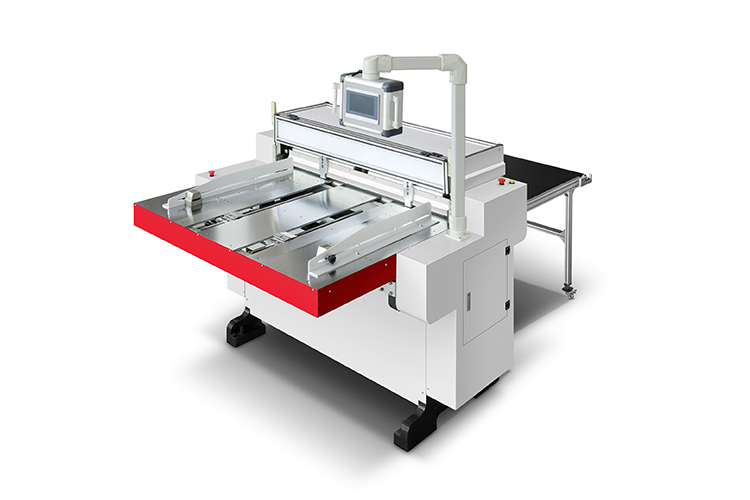-
 Since 1996Professional Cardboard Grooving
Since 1996Professional Cardboard Grooving
Machine Manufacturer - Home
- About
- Product
- Service
- Innovations
- Case
- News
- Contact us
-
- EN
Many small-to-medium packaging businesses think a Cardboard Slitting Machine is only for large production—worried about high setup costs or slow adjustments. But modern models, with targeted technical features, fit small-batch needs well. Let’s break down its key capabilities.
Small-batch work needs frequent size/material swaps. The machine solves this with:
Multi-module tools: Swap modules (for V-grooves, notches) in minutes—no full blade disassembly.
Servo positioning: Auto-adjust blades (e.g., SLF-1300S model) to new sizes (±0.15mm accuracy), no test cuts or waste.
Small batches often need unique settings. The machine adapts via:
Tailored slitting paths: For materials like paper pulp, do horizontal+vertical cuts in one feed—no secondary work.
Adjustable parameters: Tweak speed, blade pressure, or depth for different cardboard (200–350GSM, corrugated, MDF) without redesign.

Small-batch deadlines are tight. The machine helps with:
In-stock standard models: Get common types (e.g., SLQ-600S for 200–350GSM paper) fast—no long waits.
24/7 support: Quick help for parameter tweaks or malfunctions, even without a maintenance team.
Small batches can’t afford material loss. The machine’s precision matters:
High accuracy: Most models hit ±0.15mm; some cardboard-specific ones have <0.1mm error—cuts fit perfectly first try.
Consistent results: Automated control ensures every piece matches, avoiding mismatched parts in small runs.
Smoother follow-up steps: This precision reduces time spent adjusting during folding or assembling, critical for small batches where every minute counts.
Small batches often use different cardboard types. The machine works for:
Thin to thick materials: From 200GSM paper to 350GSM gray board (for gift boxes) or thick MDF.
Specialty materials: Adapt to paper pulp (eco-friendly packs) or coated cardboards without performance drops.
Small teams may have limited staff. The machine eases this:
Auto-feeding: Many models feed cardboard automatically—no manual alignment, saving labor.
One-person operation: Simple controls let one worker manage setup and cutting, no extra hands needed.
Parameter memory: Save settings for frequent small-batch specs (e.g., 10cm×15cm gift boxes) and recall instantly next time, skipping repeated setup.
Outdated designs made the “mass production only” myth. Today’s Cardboard Slitting Machine, with quick adjustments, customization, precision, and adaptability, fits small-batch work perfectly. It lets small businesses get efficiency and quality equal to large operations—key for choosing the right packaging tool.